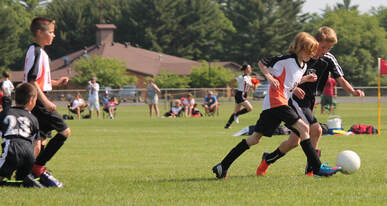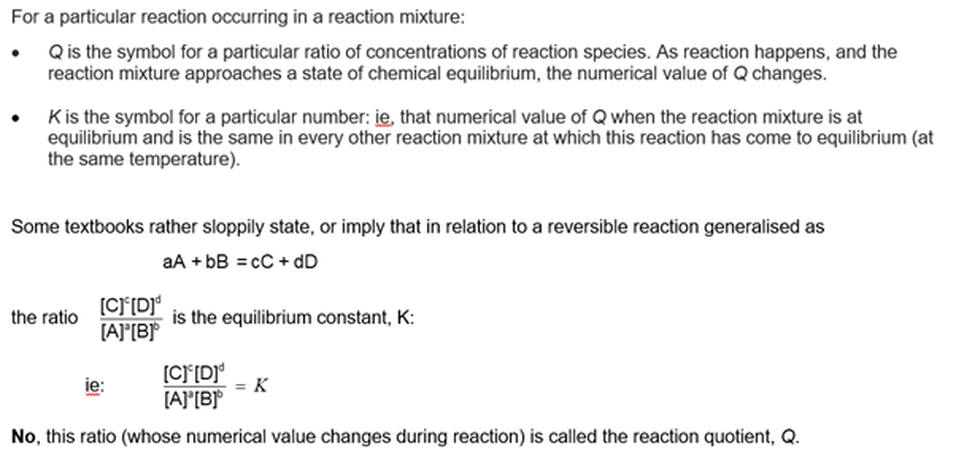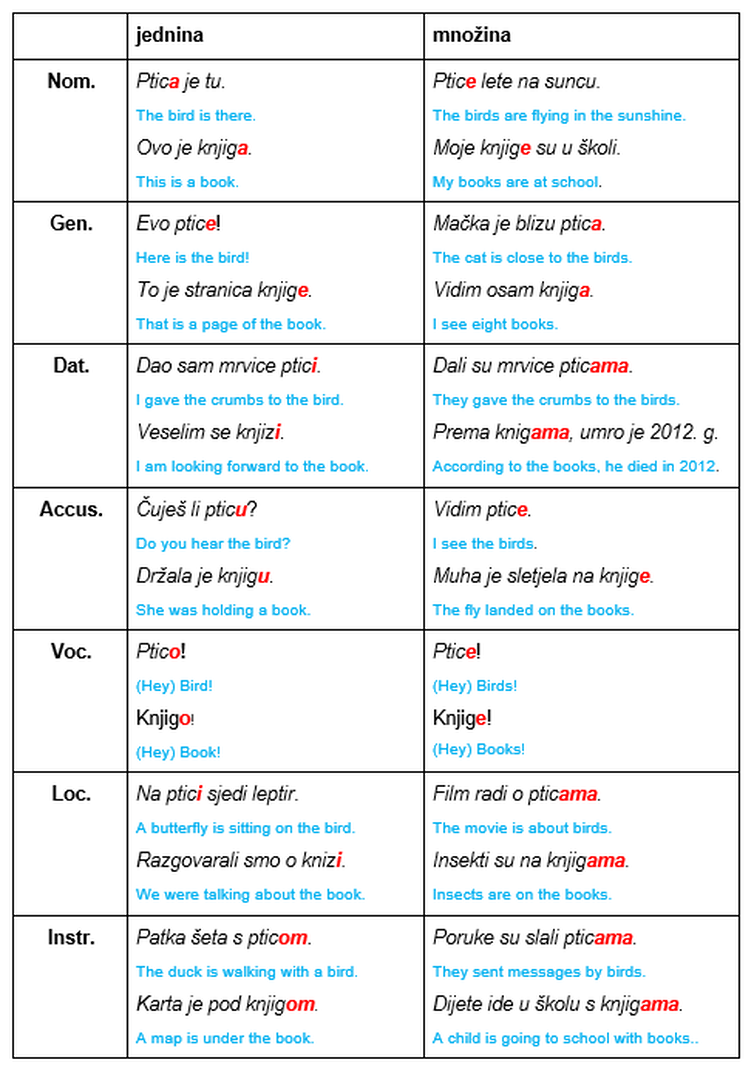Module 0508
Chemical reactions as competitions
This video presentation is not yet ready for publication.
But the ideas are so important that perhaps a summary of its content might be useful ……..
But the ideas are so important that perhaps a summary of its content might be useful ……..
Do reactions 'just go'?
Do reactants just give away protons, or electrons, or ligands, to other reactants without a fight?
What about when we mix materials and there is no evidence of reaction? Why so?
What factors govern who wins the competition between reaction species?
Classifying reaction types: What are the reaction species competing for?
KEY IDEAS - Chemical reactions as competitions

Chemical reactions are not the only competitions in which different mobs compete for an object. Actually, in a chemical reaction mixture, the different mobs compete for many 'footballs'. Who wins most of them? Perhaps it depends on the competitive abilities of the individuals, as well as how many there are of each?
The basic premise: All chemical reactions are competitions
People’s lives are governed by their world view: what they believe in. Prof Bob is no different: he lives and breathes according to his overwhelming conviction that ...
All chemical reactions are competitive processes between reactant species for something, and what happens during a chemical reaction is the outcome of the competition.
And what governs who ‘wins’ the competition? Not surprisingly perhaps:
- the competitiveness of the molecules, ions, or atoms of each competing species, and
- the number (or concentration) of the competing species.
Competition for what?
In every chemical reaction, some species is the object of competition between reactant atoms, molecules or ions. The object of competition might be any of the following:
- protons (in acid-base reactions)
- electrons (in oxidation-reduction reactions)
- small groups of atoms called ligands (complexation reactions), or
- ions in a crystalline lattice (dissolving and precipitation).
No substances or species ever ‘just react’ and lose electrons, protons, ligands, or ions in a crystal lattice without a fight.
It can be very useful when learning chemistry (or doing chemistry) to focus on the object of competition in any reaction - electrons, protons, ligands, or ions – rather than the reaction species.
To understand this, it is perhaps useful for now to familiarise yourself with this idea in Module 1101 Visualising dynamic chemical equilibrium, as it applies specifically to competition for H+ ions in acid-base reactions.
To understand this, it is perhaps useful for now to familiarise yourself with this idea in Module 1101 Visualising dynamic chemical equilibrium, as it applies specifically to competition for H+ ions in acid-base reactions.
Classification of reaction types
Chemists classify chemical reactions into types, depending on whether the object of competition between reacting species are (i) protons, (ii) electrons, (iii) ligands, or (iv) ions.
Following is a summary of each type of competition, with focus on the object of competition.
Following is a summary of each type of competition, with focus on the object of competition.
(i) Acid-base reactions: Competition for protons
Acid-base reactions can be regarded as the result of competition between species to take possession of H+ ions (protons).
For example, the reaction between ethanoic acid and hydroxide ions (from dissolved sodium hydroxide) is the result of hydroxide ions ‘ripping off’ protons from ethanoic acid molecules – represented by the following equation:
For example, the reaction between ethanoic acid and hydroxide ions (from dissolved sodium hydroxide) is the result of hydroxide ions ‘ripping off’ protons from ethanoic acid molecules – represented by the following equation:
As a result of having their protons removed, the ethanoic acid molecules are transformed into aquated ethanoate ions. By ‘grabbing’ protons, the hydroxide ions become water molecules.
The hydroxide ions have ‘won’ the competition for protons!
The competition is not always so one-sided!
The hydroxide ions have ‘won’ the competition for protons!
The competition is not always so one-sided!
(ii) Oxidation-reduction reactions: Competitions for electrons
Oxidation-reduction reactions can be regarded as the result of competition between reactant species to “grab” (or to hold onto) electrons.
For example, when zinc metal reacts with hydrogen ions in hydrochloric acid solution, the aquated hydrogen ions take electrons from the zinc atoms in the metallic zinc. Zinc atoms are transformed into aquated zinc ions, and the hydrogen ions become hydrogen gas:
Aquated hydrogen ions, H+(aq), win the competition.
The corresponding reaction does not happen with silver metal: Silver atoms in the meatal win the competition(against H+(aq) ions), for their electrons.
Don’t believe anyone who says that sodium atoms easily lose their electrons. Perhaps more easily than do silver atoms, or gold atoms, but they don’t go around throwing their electrons away. Their electrons will be removed only if there is a more electron-hungry species ‘attacking’ them.
The corresponding reaction does not happen with silver metal: Silver atoms in the meatal win the competition(against H+(aq) ions), for their electrons.
Don’t believe anyone who says that sodium atoms easily lose their electrons. Perhaps more easily than do silver atoms, or gold atoms, but they don’t go around throwing their electrons away. Their electrons will be removed only if there is a more electron-hungry species ‘attacking’ them.
(iii) Complexation reactions: Competition for ligands
Complexation reactions are the consequence of competition between reactant species to “grab” (or to hold onto) atoms or groups of atoms with at least one lone pair of electrons (called ligands).
Aquated copper ions, Cu2+(aq), can also be regarded as a complex ion, Cu(OH2)42+, with four water molecules covalently bonded to each copper ion – as a result of bonding through either of the two non-bonding electron pairs (‘lone pairs’) on the oxygen atom of each molecule.
Ammonia molecules also have a non-bonding pair (on the N atom) and can form such bonds to Cu2+ ions to form the deep blue Cu(NH3)42+ complex ion. If ammonia is added to a solution containing Cu(OH2)42+ ions (in a solution of copper nitrate, for example, the ammonia molecules win out over water molecules in a competition to grab the Cu2+ ions:
Aquated copper ions, Cu2+(aq), can also be regarded as a complex ion, Cu(OH2)42+, with four water molecules covalently bonded to each copper ion – as a result of bonding through either of the two non-bonding electron pairs (‘lone pairs’) on the oxygen atom of each molecule.
Ammonia molecules also have a non-bonding pair (on the N atom) and can form such bonds to Cu2+ ions to form the deep blue Cu(NH3)42+ complex ion. If ammonia is added to a solution containing Cu(OH2)42+ ions (in a solution of copper nitrate, for example, the ammonia molecules win out over water molecules in a competition to grab the Cu2+ ions:
(iv) Dissolving and precipitation: Competition for ions
Dissolving and precipitation of ionic compounds involve competition for cations and anions being attracted to the crystal lattice by anions and cations in the lattice, against the attraction by the polar water molecules at the surface of the crystal.
This is discussed in some detail in Module 0905 Dissolution of ionic salts in water: A competition.
The outcome of the competition decides whether or not an ionic compound dissolves in water (or, at least, how soluble it is), and whether or not it will be precipitated from solution.
Sodium chloride is quite soluble in water. The dissolving process can be represented by the following chemical equation:
This is discussed in some detail in Module 0905 Dissolution of ionic salts in water: A competition.
The outcome of the competition decides whether or not an ionic compound dissolves in water (or, at least, how soluble it is), and whether or not it will be precipitated from solution.
Sodium chloride is quite soluble in water. The dissolving process can be represented by the following chemical equation:
The water molecules have won the competition, and ‘grabbed’ the ions from the attractions of neighbouring ions in the lattice.
It's not always so one-sided
In each of the cases presented above as examples, the competition is one-sided, and the reaction goes ‘to completion’. In most cases, the competition is more even, and as concentrations change during reaction, a point is reached when the competition is balanced. This is the state of dynamic chemical equilibrium - See Chapter 11 Dynamic chemical equilibrium.
Language issues: No species just 'loses' a part of itself
Language influences understanding
Acid-base reactions
It is common parlance in most textbooks (except Prof Bob’s) to say that in an acid-base reaction, the acid molecules “lose” a proton. This suggests that the acid molecules don’t care very much about whether they have their protons, or not.
Rubbish! There are strong forces (called covalent bonds) by which the acid molecules hang on to their protons. Only a more greedy invader can take them away.
Perhaps even worse, in terms of what we visualise, it is common language to say that the acid is the proton “donor” in an acid-base reaction, and the base is the proton “acceptor”.
Well, in everyday language, to “donate” is a voluntary process, and for two parties to “donate” and “accept” some object(s) sounds like an amicable win-win situation. For the same reasons as above, this is highly misleading.
Prof Bob tries not to fall back into the standard chemists’ language and prefers to describe the reactants in an acid-base reaction in the following ways:
It is common parlance in most textbooks (except Prof Bob’s) to say that in an acid-base reaction, the acid molecules “lose” a proton. This suggests that the acid molecules don’t care very much about whether they have their protons, or not.
Rubbish! There are strong forces (called covalent bonds) by which the acid molecules hang on to their protons. Only a more greedy invader can take them away.
Perhaps even worse, in terms of what we visualise, it is common language to say that the acid is the proton “donor” in an acid-base reaction, and the base is the proton “acceptor”.
Well, in everyday language, to “donate” is a voluntary process, and for two parties to “donate” and “accept” some object(s) sounds like an amicable win-win situation. For the same reasons as above, this is highly misleading.
Prof Bob tries not to fall back into the standard chemists’ language and prefers to describe the reactants in an acid-base reaction in the following ways:
- Molecules of the acid have a proton removed from them.
- Molecules of the base “grab” protons from the acid molecules.
Oxidation-reduction reactions
In the same way as discussed above in relation to transfer of protons, in the context of electron-transfer reactions (oxidation-reduction reactions) it is common chemistry-talk to say that the species oxidises “loses” electrons, or “donates” electrons.
Similarly it is common to read in textbooks that the species reduces is the one that “accepts” or “receives” electrons.
An amicable, voluntary process? Certainly not!
Here are some typical Prof Bob expressions of these reactions:
In the same way as discussed above in relation to transfer of protons, in the context of electron-transfer reactions (oxidation-reduction reactions) it is common chemistry-talk to say that the species oxidises “loses” electrons, or “donates” electrons.
Similarly it is common to read in textbooks that the species reduces is the one that “accepts” or “receives” electrons.
An amicable, voluntary process? Certainly not!
Here are some typical Prof Bob expressions of these reactions:
- Molecules or ions of the species oxidised have one or more electrons removed from them.
- Molecules or ions of the species reduced “grab” electrons from the species said to be oxidised.
Dissolving
No ionic salt just 'falls apart' when if is placed in water, as though the ions cannot stand each other! Indeed, their strong attraction for each other is only overcome by the attraction of water molecules for the ions.
And sometimes the attraction between ions is too competitive for the water molecules to grab them. We say that those substances insoluble: they do not dissolve.
No ionic salt just 'falls apart' when if is placed in water, as though the ions cannot stand each other! Indeed, their strong attraction for each other is only overcome by the attraction of water molecules for the ions.
And sometimes the attraction between ions is too competitive for the water molecules to grab them. We say that those substances insoluble: they do not dissolve.
And finally, Prof Bob using anthropomorphism
Prof Bob can be criticised for using anthropomorphism: the suggestion that inanimate objects (like molecules) have emotions governing their behaviours – like wanting to hang on to their protons, or having a strong desire to grab electrons.
His reply to that is “Too bad!” If anthropomorphism helps to imagine the forces that are being experienced by atoms, molecules and ions in a reaction mixture, then that is a good thing. Because everything that happens in chemistry is the result of different forces experienced by different species.
On the other hand, it is important to be conscious that this is a device: of course, atoms, molecules and ions do not have feelings, emotions, or thoughts. Do they?
Finding your way around .....
You can browse or search the Aha! Learning chemistry website in the following ways:
You can browse or search the Aha! Learning chemistry website in the following ways:
- Use the drop-down menus from the buttons at the top of each page to browse the modules chapter-by-chapter.
- Click to go to the TABLE OF CONTENTS (also from the NAVIGATION button) to see all available chapters and modules in numbered sequence.
- Click to go to the ALPHABETICAL INDEX. (also from the NAVIGATION button).
- Enter a word or phrase in the Search box at the top of each page.






